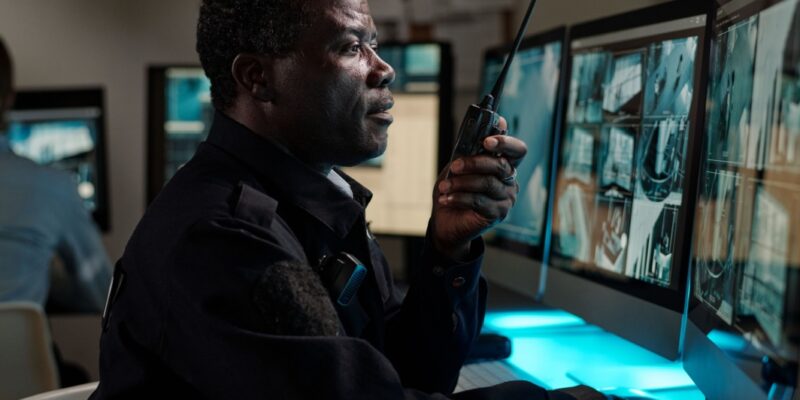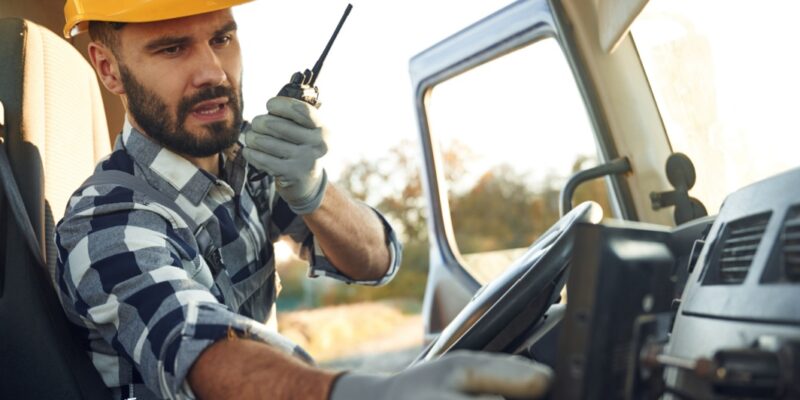In the fast-paced world of modern business, communication tools must evolve to meet the growing demand for speed, efficiency, and flexibility. Traditional two-way radios have long served industries like logistics, security, hospitality, and construction by offering instant voice communication across teams. However, with the emergence of Push-to-Talk Over Cellular (PoC) technology, a new era of connectivity is reshaping how businesses communicate in the field and across geographic boundaries.
PoC leverages existing LTE and 5G cellular networks to deliver the same push-button convenience of two-way radios, without being restricted by radio frequencies or limited signal range. This powerful hybrid of cellular infrastructure and walkie-talkie simplicity is proving transformative for industries where fast, reliable communication is key to operational success.
Breaking Free from Geographic Limitations
One of the most significant advantages of PoC systems is their ability to overcome the range constraints of conventional radio systems. While legacy radios are typically limited by line-of-sight or repeater coverage, PoC devices operate on nationwide or even global cellular networks. This means that field teams, drivers, and managers can remain connected regardless of where they are—whether across town or across the country.
Businesses with distributed operations or mobile workforces are particularly benefiting from this flexibility. Logistics and delivery companies, for example, can maintain clear and uninterrupted contact with drivers in any location without worrying about coverage gaps, dead zones, or expensive radio towers. PoC provides a centralized, reliable solution for large-scale coordination that was once only possible with costly infrastructure investments.
Cost-Effective and Scalable Communication
Another major reason PoC is gaining popularity is its cost-effectiveness. Traditional two-way radio systems often require licensing fees, dedicated radio frequencies, and ongoing maintenance of radio towers and repeaters. By contrast, PoC systems run on existing cellular data plans, often bundled with software-based platforms that can be managed through cloud dashboards.
The result is a lower total cost of ownership, especially for growing businesses. Companies can scale their communication networks without investing in new hardware or infrastructure. Adding new users is as simple as provisioning a new device or app, making PoC ideal for seasonal operations, temporary job sites, or rapidly expanding teams.
Enhanced Features for Modern Workflows
PoC platforms are not just about voice communication. Most solutions now include rich features that enhance workflow and team coordination. GPS tracking, multimedia messaging, location sharing, and emergency alerts are commonly integrated into PoC systems, providing teams with more than just voice—it’s a complete communication and management suite.
For example, a construction foreman can use PoC to send real-time site images to a project manager, share live location data with safety personnel, and broadcast a group message to the entire crew, all from the same device. These features are especially beneficial in sectors where operational safety and coordination are top priorities, such as energy, security, and event management.
Simplified Integration with Existing Devices
Another game-changing element of PoC is its device flexibility. Unlike traditional radios that require dedicated handsets, PoC can be deployed on a variety of platforms including smartphones, rugged tablets, and purpose-built PoC radios. This versatility means teams can use devices they are already familiar with, minimizing training time and maximizing adoption.
For industries that require rugged, durable equipment, many manufacturers now offer PoC-specific devices with reinforced designs, long battery life, and dedicated push-to-talk buttons. These devices combine the familiarity of a traditional radio with the connectivity of modern smartphones, offering the best of both worlds.
Increased Security and Management Control
Security is another major consideration in business communication, especially when dealing with sensitive operations or data. PoC solutions are typically cloud-managed, allowing administrators to set user permissions, manage devices remotely, and log communication records for compliance purposes. Many platforms also include encryption and secure login features, ensuring conversations stay private and controlled.
Administrators have full visibility into their team’s usage, allowing them to track device locations, monitor traffic, and manage access in real time. This level of control is invaluable for fleet managers, dispatch centers, and emergency response coordinators who need to ensure reliable communication across large, dynamic teams.
Rethinking What Business Communication Looks Like
As businesses continue to digitize operations and connect global teams, the demand for fast, secure, and wide-reaching communication will only grow. Push-to-Talk Over Cellular is helping companies evolve past the limitations of legacy systems, offering an agile solution that meets the needs of modern workflows.
By combining the instant accessibility of two-way radios with the broad reach and features of cellular technology, PoC is redefining what communication looks like in today’s business landscape. It’s a practical and scalable upgrade for teams that depend on speed, coordination, and clarity to succeed.
To learn how your organization can benefit from PoC solutions or to explore available devices, get in touch with Highland Wireless. Our team can help you choose the right tools to strengthen your communication strategy.





